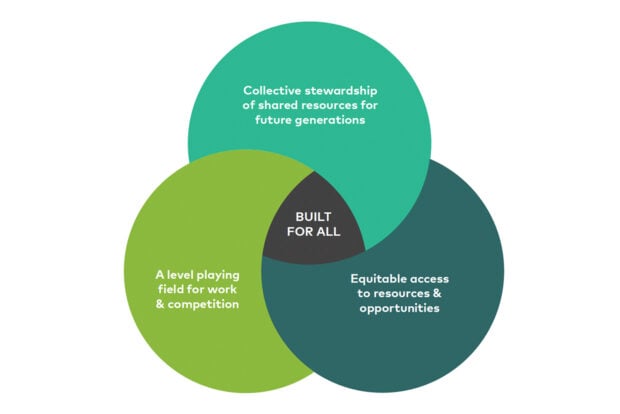Does Reducing Income Inequality Boost Growth?

This is the question posed by a report from the OECD. Focus on Inequality and Growth from the OECD’s Directorate for Employment, Labour and Social Affairs, suggests strongly that the answer is ‘yes’.
This starts from the position that the gap between rich and poor in the 34 OECD countries is higher than it has been for 30 years. The research suggests that income inequality has had a negative and ‘statistically significant’ impact on medium-term growth.
The OECD has used several measurements but one of the main one is the Gini coefficient. This is a broad measure of inequality which ranges from ‘0’ where everyone has the same incomes to ‘1’ where all the income goes to just one person. For countries with long timelines of measurement, the Gini coefficient increased in 16 out of the 21 countries. It rose noticeably in Finland, Israel, New Zealand and the United States.
The data suggests that rising inequality knocked between 6% and 9% off the growth rates of Italy, the United Kingdom and the United States over the last 20 years. The figure is over 10% for Mexico and New Zealand.
Significantly, the paper shows that the inequality affects not for just the lowest 10% of populations, but also includes the lower middle classes, the bottom 40%.
OECD Secretary General Angel Gurria said: ‘Countries that promote equal opportunity for all from an early age are those that will grow and prosper.’ This is based on the view that the main driver for equality is education, and access to education, for all. Lack of investment in education is one of the main drivers behind inequality and therefore lack of growth.
The paper recommends redistribution through taxes and benefits to reduce inequality. The OECD says that their figures show that this redistribution will not harm growth although they do give a caveat:
‘The analysis shows that redistribution per se does not lower economic growth. Of course, this does not mean that all redistribution measures are equally good for growth. Redistribution policies that are poorly targeted and do not focus on the most effective tools can lead to a waste of resources and generate inefficiencies.’
The OECD report also states that, pre-global crisis, the greater equality of three countries helped them increase GDP. The three countries put forward by the OECD as examples of how successful they have been because of redistribution are Ireland, Spain and France.
The OECD paper builds on a publication from the IMF at the beginning of 2014. The OECD paper is largely in line with the IMF findings, in that redistribution either has no effect or a positive effect on a country’s growth. However, it does note that, when redistribution in a country is already relatively high, then further redistribution does harm growth. The key is clearly to see the current level of redistribution in each country. The IMF had this to say:
‘Turning to redistribution, we find … that when redistribution is already high (above the 75th percentile), there is evidence that further redistribution is indeed harmful to growth, as the Okun “big trade-off” hypothesis would suggest. When it is below that level, however, there is no evidence that further redistribution has any effect on growth. … further redistribution seems to start having a negative direct effect when it exceeds about 13 Gini points.’



















